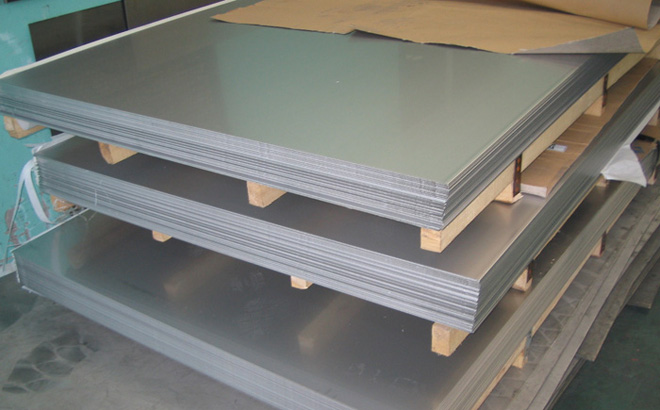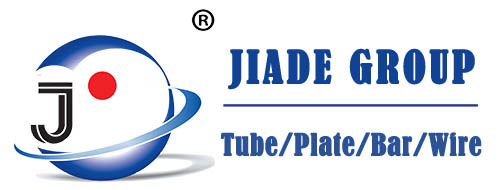Stainless steel is a remarkable material known for its strength, corrosion resistance, and versatility. Among its many variations, 306L stainless steel stands out as an alloy with a unique combination of properties that make it suitable for a wide range of applications. In this blog, we’ll delve into the world of 306L stainless steel, exploring its composition, properties, and various applications across industries.
Understanding 306L Stainless Steel
316L stainless steel, often referred to as 306L SS, is an austenitic stainless steel alloy. Its “L” designation stands for low carbon content, which is a defining characteristic of this material. This low carbon content (typically less than 0.03%) enhances its corrosion resistance and weldability, making it ideal for numerous applications, particularly in environments where exposure to corrosive substances is a concern.

Composition of 306L Stainless Steel
The composition of 306L stainless steel plays a vital role in its performance. It primarily consists of the following elements:
- Chromium (Cr): Chromium is the key component that provides stainless steel with its corrosion-resistant properties. In 306L SS, chromium content typically ranges from 16% to 18%.
- Nickel (Ni): Nickel adds to the alloy’s corrosion resistance and helps maintain its austenitic structure even at low temperatures. 306L stainless steel contains around 10% to 14% nickel.
- Manganese (Mn): Manganese is added to enhance the steel’s strength and workability. It usually constitutes 2% or less of the alloy’s composition.
- Silicon (Si): Silicon aids in deoxidizing the steel and improving its resistance to scaling during high-temperature applications.
- Other Trace Elements: Trace elements like sulfur, phosphorus, and nitrogen are also present in small quantities to fine-tune the alloy’s properties.
Key Properties of 306L Stainless Steel
- Corrosion Resistance: One of the primary advantages of 316L stainless steel is its exceptional resistance to corrosion, particularly in acidic and chloride-rich environments. This property makes it ideal for use in marine, chemical, and food processing industries.
- Weldability: The low carbon content in 306L SS reduces the risk of carbide precipitation during welding, ensuring excellent weldability. This makes it a popular choice for fabricating complex structures and components.
- Strength and Durability: While not as strong as some other stainless steel alloys, 306L still offers good strength and durability, making it suitable for structural applications.
- Formability: 316L stainless steel is known for its excellent formability, making it easy to shape into various products and components.
Applications of 306L Stainless Steel
- Architectural Applications: 316L stainless steel is commonly used in architectural projects due to its aesthetic appeal, corrosion resistance, and durability. It can be found in building facades, handrails, and decorative elements.
- Marine and Coastal Environments: Its resistance to corrosion makes 306L SS a preferred material for marine equipment, boat components, and structures in coastal regions.
- Food Processing: The food industry often employs 316L stainless steel for equipment such as tanks, pipes, and conveyor systems, where hygiene and corrosion resistance are paramount.
- Chemical Processing: In the chemical industry, this stainless steel grade is used for the construction of tanks, pipes, and valves that come into contact with corrosive substances.
- Medical Devices: Some medical instruments and devices are made from 316L stainless steel due to its biocompatibility, corrosion resistance, and ease of sterilization.
- Automotive Components: Various automotive parts, such as exhaust systems and catalytic converters, benefit from the corrosion resistance and weldability of 316L stainless steel.
Conclusion
306L stainless steel is a versatile and reliable material that finds its place in an array of applications across different industries. Its unique combination of corrosion resistance, weldability, and formability makes it a valuable choice for architects, engineers, manufacturers, and designers looking for a material that can withstand harsh environments while offering flexibility in fabrication.
As technology and industry needs continue to evolve, 316L stainless steel remains a dependable and adaptable material, playing a vital role in shaping our modern world.
